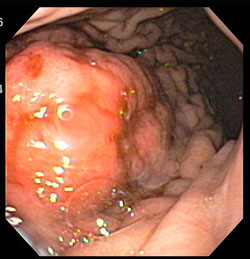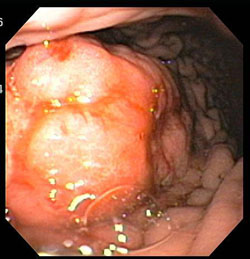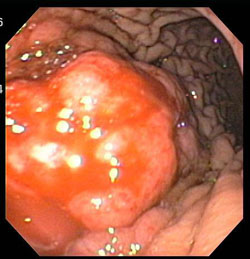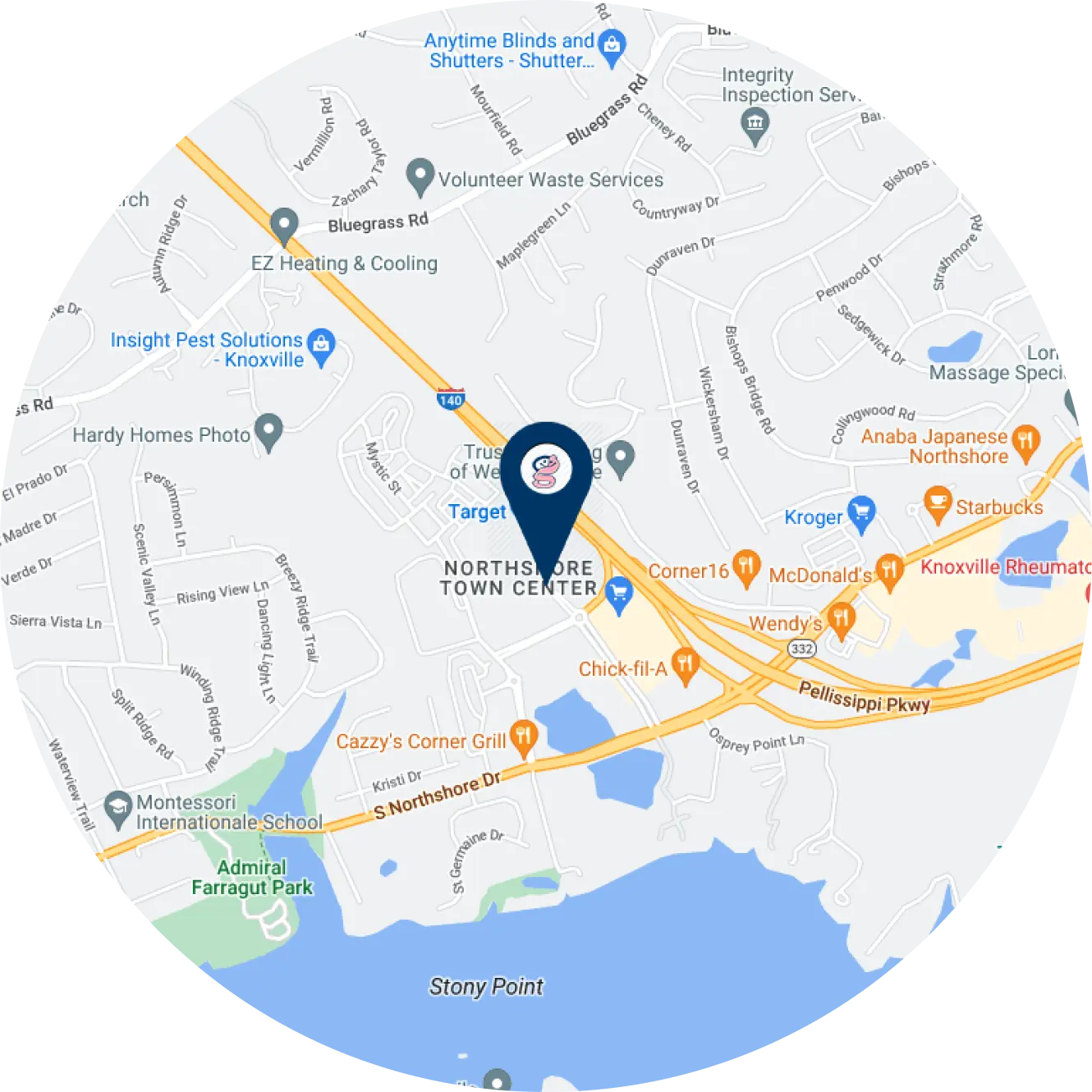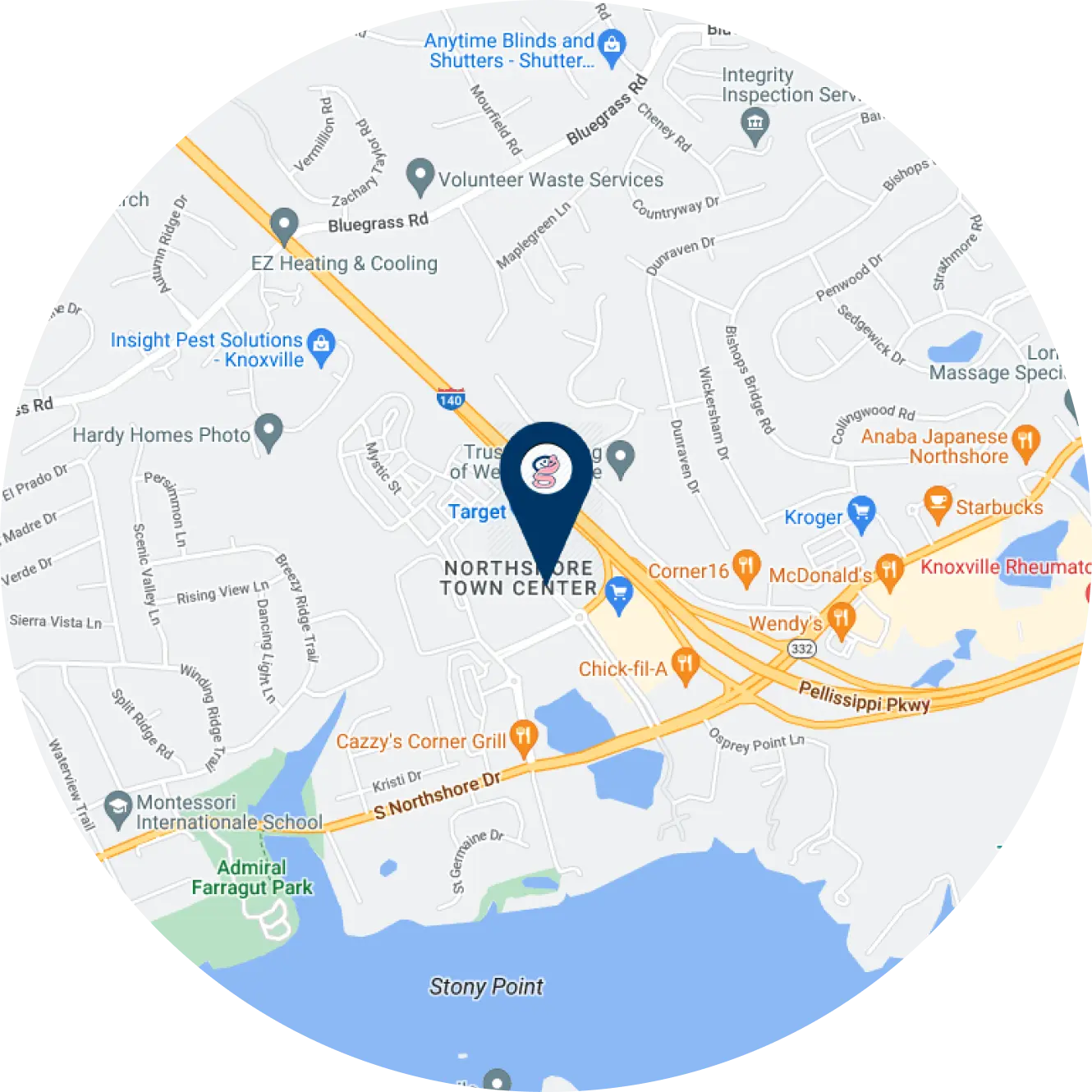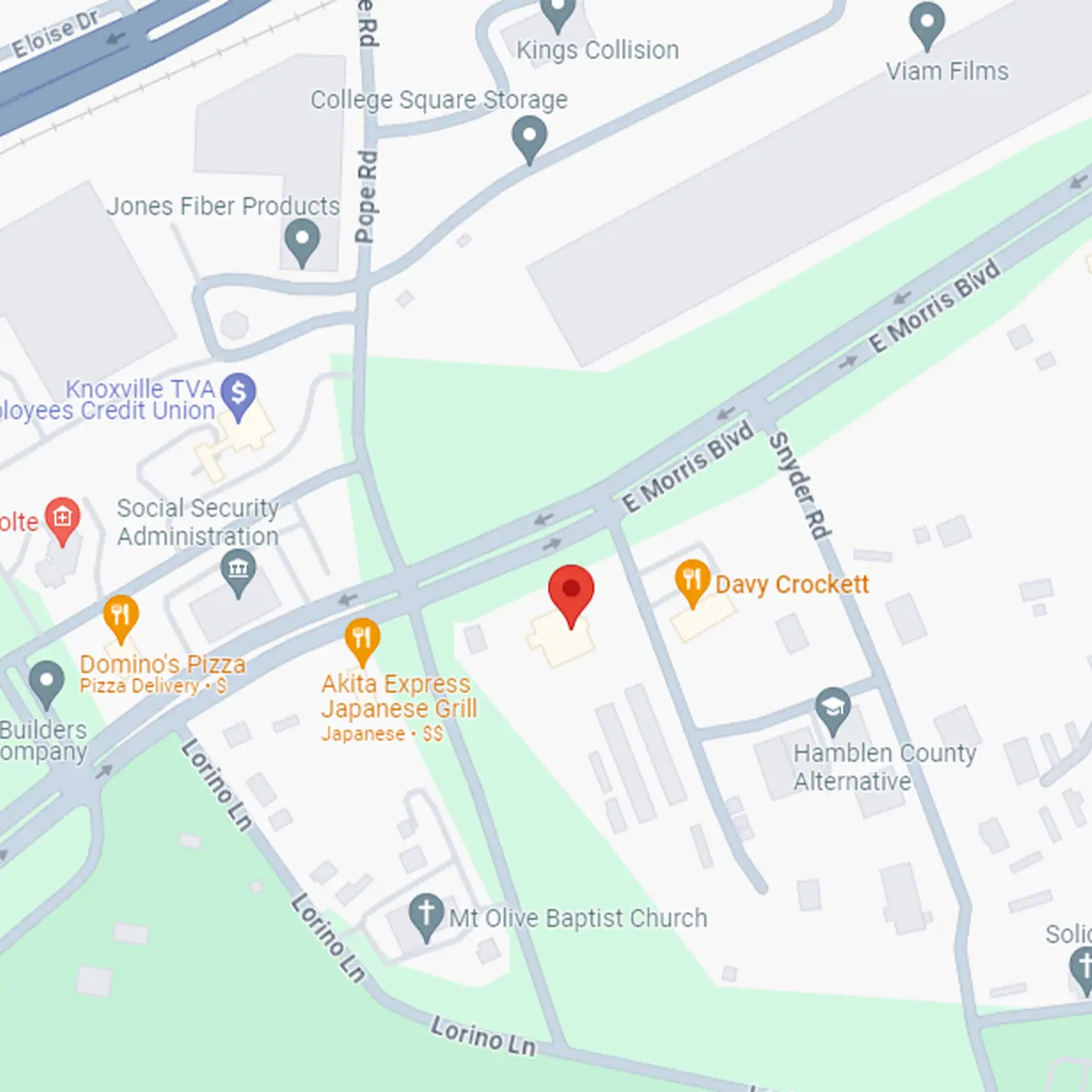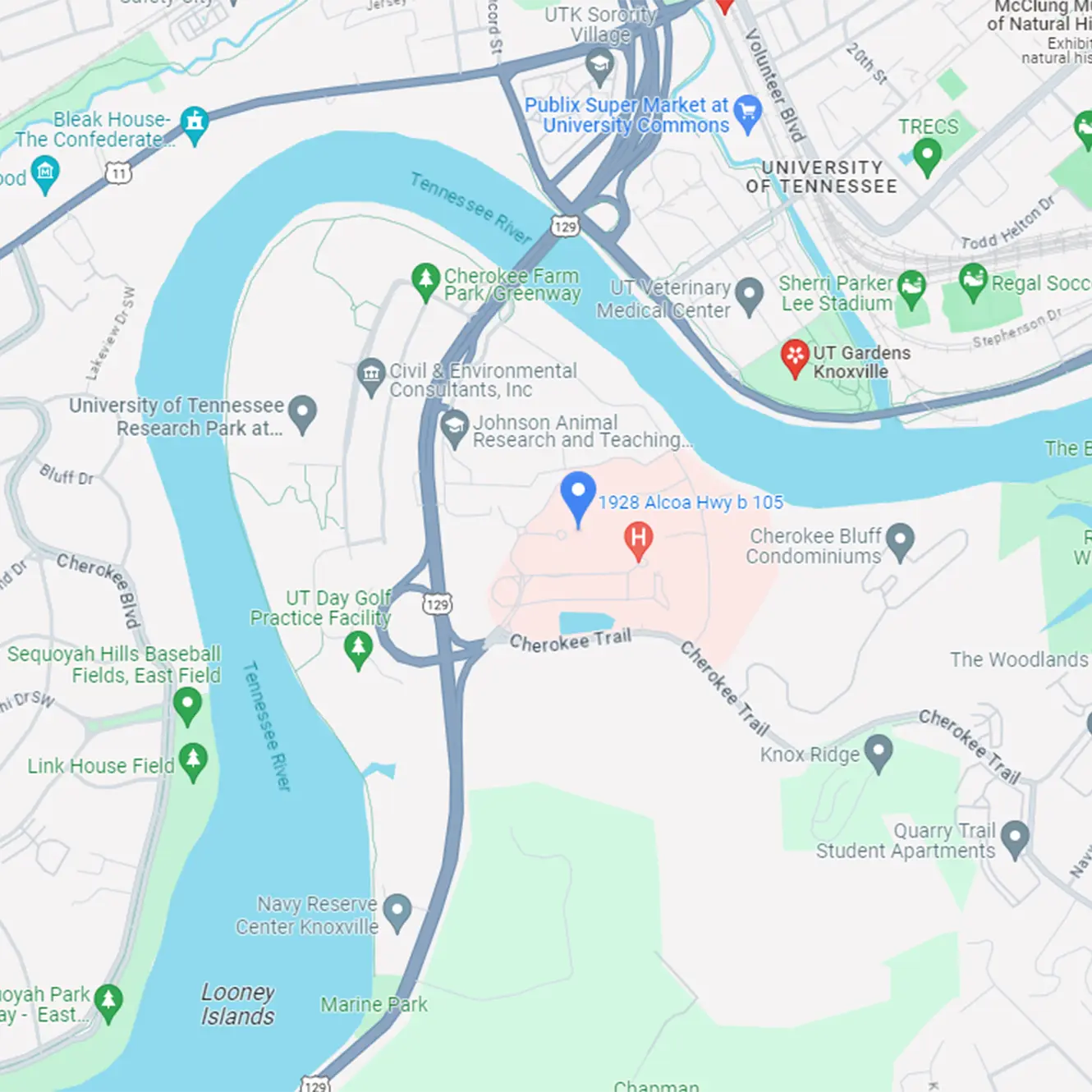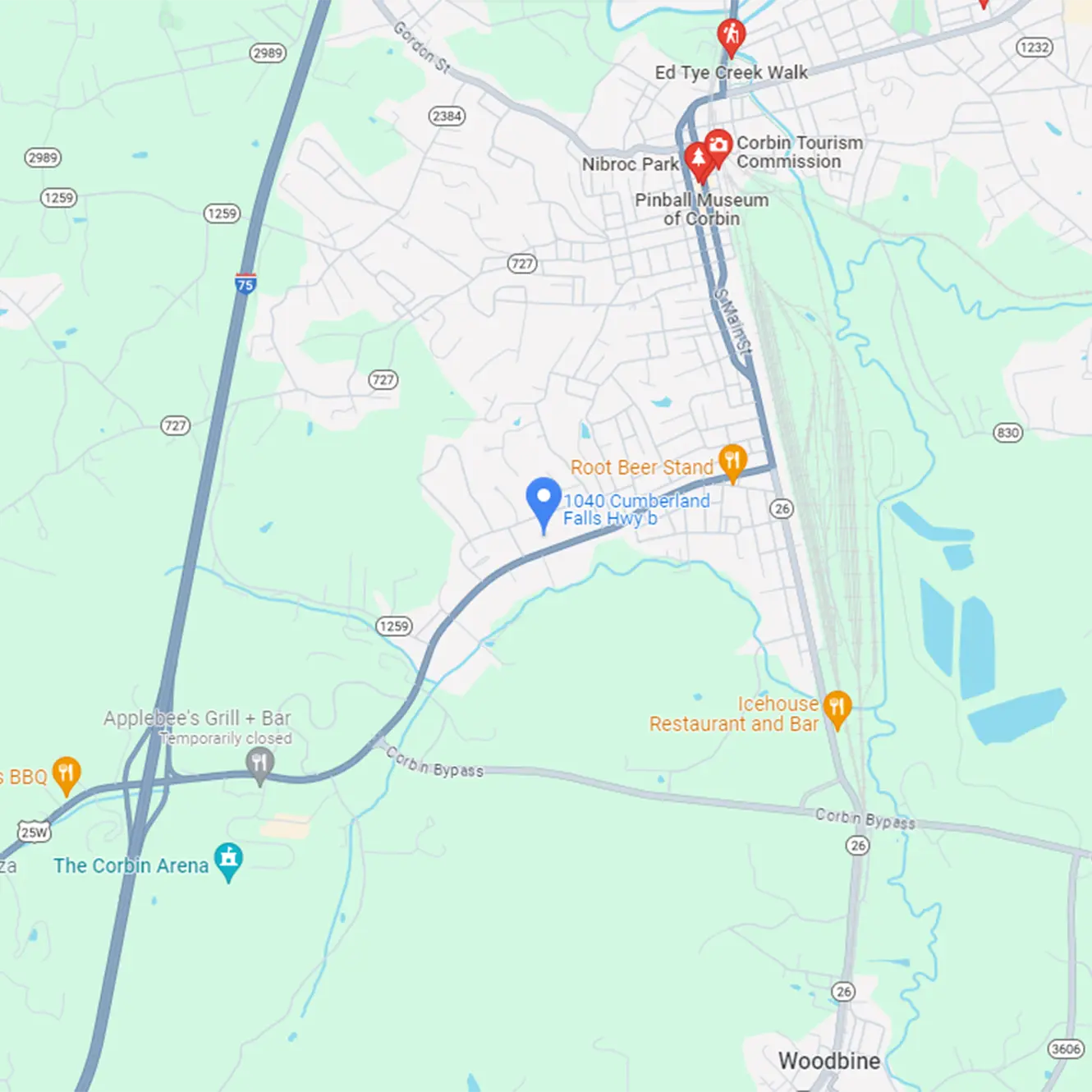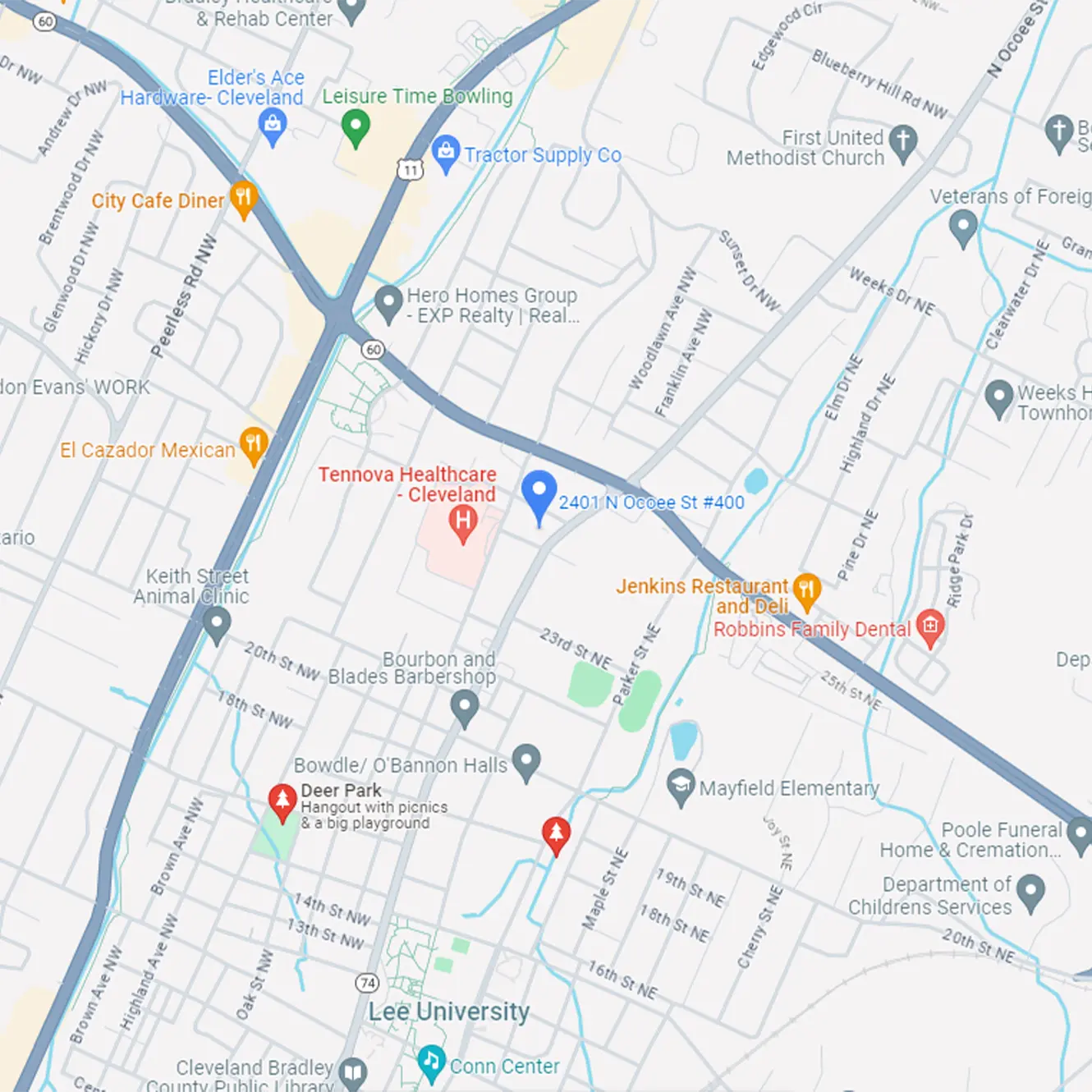An adenocarcinoma is cancer of the stomach. There are several types of cancer that can occur in the stomach and adenocarcinoma is the most common. It starts from one of the common cell types found in the lining of the stomach.
Gastric adenocarcinoma (GAC) is an extremely rare cancer in children. The cause is unknown, but there are several risk factors that can be contributed to this cancer. A person is more likely to get gastric cancer if:
- There is a family history of gastric cancer.
- There is an infection of the stomach caused by bacteria called Helicobacter pylori.
- There is a polyp larger than 2 centimeters in the stomach.
- There is inflammation and swelling of the stomach for a long time.
- There is pernicious anemia.
- The person smokes.
- Indigestion and stomach discomfort
- A bloated feeling after eating
- Mild nausea
- Loss of appetite
- Heartburn
- Discomfort in the upper or middle part of the abdomen.
- Blood in the stool (which appears as black, tarry stools).
- Vomiting or vomiting blood.
- Weight loss.
- Pain or bloating in the stomach after eating.
- Weakness or fatigue associated with mild anemia (not having enough red blood cells).
- EGD – esophagogastroduodenoscopy with biopsy to examine the stomach tissue. This tests exams the esophagus, stomach, and first part of the intestines using a thin, lighted tube called a gastroscope, which is passed through the mouth to the stomach. The doctor can see inside the stomach and remove some tissue (biopsy) to be examined under a microscope.
- Upper GI series – X-rays of the esophagus, stomach, and first part of intestine.
